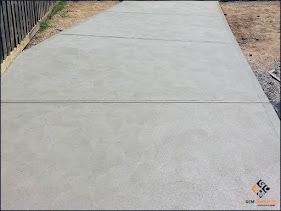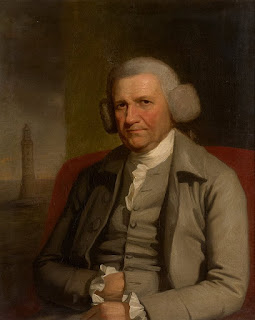Concrete: The Building Block of Modern Construction
Concrete is one of the most widely used materials in modern construction. It is a mixture of cement, water, and aggregates such as sand, gravel, or crushed stone. Concrete has been used for centuries, but it was not until the 20th century that it became the dominant building material in many parts of the world.
The properties of concrete make it an ideal building material. It is strong, durable, and resistant to fire, water, and weather. It is also versatile, allowing for a wide range of applications, from small residential projects to large-scale infrastructure projects.
History of Concrete
The use of concrete dates back to ancient civilizations such
as the Romans and Egyptians, who used a mixture of lime and volcanic ash to
create a type of concrete. However, the use of concrete declined during the
Middle Ages, and it was not until the 18th century that it began to be used
again.
The modern era of concrete began in the 19th century with
the development of Portland cement, which is still the most commonly used type
of cement today. The use of reinforced concrete, which combines concrete and
steel reinforcement, also became popular in the early 20th century.
Types of Concrete
There are many different types of concrete, each with its
own properties and applications. Some of the most common types of concrete
include:
Plain Concrete: This is the most basic type of concrete and is used for a wide range of applications, from sidewalks to walls. It is made up of cement, water, and aggregates.
Reinforced Concrete: This type of concrete is reinforced
with steel bars or mesh to increase its strength and durability. It is commonly
used for building foundations, bridges, and other
large-scale infrastructure
projects.
Prestressed Concrete: This type of concrete is pre-compressed to increase its strength and reduce the risk of cracking. It is commonly used in bridge construction and other large-scale infrastructure projects.
Self-Compacting Concrete: This type of concrete is designed to flow easily into molds and tight spaces without the need for vibration or other compaction methods. It is commonly used in architectural applications.
Applications of Concrete
Concrete is used in a wide range of applications, from small
residential projects to large-scale infrastructure projects. Some of the most
common applications of concrete include:
Buildings: Concrete is commonly used in the construction of buildings, from small residential homes to large office buildings and skyscrapers.
Infrastructure: Concrete is used in the construction of bridges, tunnels, dams, and other large-scale infrastructure projects.
Roads and Pavements: Concrete is commonly used in the construction of roads and pavements due to its strength and durability.
Decorative Applications: Concrete can be used in a variety of decorative applications, such as stamped concrete, stained concrete, and polished concrete.
Conclusion
Concrete is an essential building material that has
revolutionized modern construction. Its strength, durability, and versatility
make it an ideal material for a wide range of applications, from small
residential projects to large-scale infrastructure projects. As technology continues
to advance, we can expect to see even more innovative uses for this remarkable
material in the future.



Comments
Post a Comment